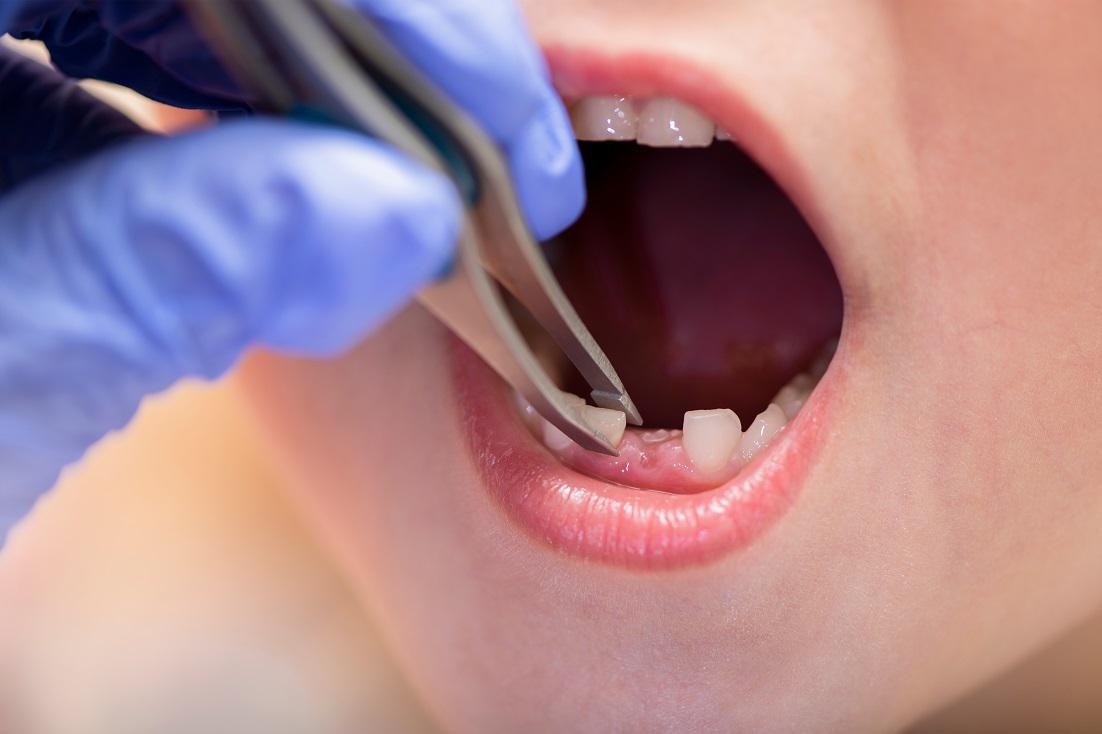As parents, we're often faced with a myriad of decisions regarding our children's health and well-being, and one of the age-old dilemmas is whether or not to pull out a loose tooth. It's a rite of passage that many kids eagerly anticipate, but as caregivers, we must approach the decision thoughtfully and with consideration for our child's comfort and dental health. So, should you pull a kid's tooth out? Let's explore this question together.
The Natural Process of Tooth Loss
First and foremost, it's important to understand that losing baby teeth is a natural part of childhood development. As children grow, their jaws expand, and permanent teeth begin to emerge, gradually displacing their baby teeth. This process typically starts around age six and continues into the early teenage years.
Loose baby teeth are often a sign that permanent teeth are ready to come in, and they usually fall out on their own without intervention. In most cases, there's no need to pull out a loose tooth prematurely unless it's causing discomfort or interfering with the eruption of permanent teeth.
When to Consider Pulling a Tooth
While most loose teeth will eventually fall out on their own, there are circumstances where pulling a tooth may be necessary or beneficial. Here are some scenarios to consider:
- Persistent Pain or Discomfort: If a child is experiencing significant pain or discomfort due to a loose tooth, it may be appropriate to gently wiggle or pull it out. However, it's essential to ensure that the tooth is genuinely loose and ready to come out to avoid causing unnecessary pain or damage.
- Delayed Tooth Loss: Some children may have stubborn baby teeth that refuse to loosen or fall out, even when permanent teeth are ready to emerge. In such cases, a dentist may recommend extracting the baby tooth to prevent it from impeding the eruption of the permanent tooth.
- Traumatic Injury: If a child experiences a traumatic injury to the mouth, such as a fall or blow to the face, it's possible that a tooth may become loose or dislodged. In such cases, a dentist should evaluate the tooth to determine if it needs to be stabilized, repositioned, or extracted.
- Overcrowding or Misalignment: Occasionally, baby teeth may need to be removed to make space for permanent teeth or to address issues of overcrowding or misalignment. Your child's dentist can assess their dental development and recommend appropriate treatment options if necessary.
Best Practices for Pulling a Loose Tooth
If you've determined that it's appropriate to pull out your child's loose tooth, it's essential to do so safely and gently to minimize discomfort and reduce the risk of injury. Here are some best practices to follow:
- Wait for the Tooth to Be Truly Loose: Before attempting to pull out a tooth, ensure that it is genuinely loose and ready to come out. Encourage your child to wiggle the tooth gently with their tongue or clean fingers. If the tooth moves easily and painlessly, it's likely ready to be removed.
- Use a Gentle Technique: When it's time to pull the tooth, use a gentle but firm grip to grasp the tooth between your fingers or with a clean tissue. Avoid using excessive force or twisting motions, as this can cause unnecessary pain or damage to the surrounding tissues.
- Provide Comfort and Reassurance: Pulling out a tooth can be a nerve-wracking experience for children, so be sure to provide plenty of comfort and reassurance throughout the process. Offer praise and encouragement, and let your child know that it's okay to feel nervous or scared.
- Follow Up with Proper Care: After the tooth has been removed, encourage your child to rinse their mouth with warm saltwater to help soothe any discomfort and prevent infection. Provide soft foods and avoid sticky or hard foods that may irritate the extraction site. If there is any bleeding or persistent pain, contact your child's dentist for further guidance.
Making Informed Decisions for Your Child's Dental Health
As parents, it's essential to be attuned to your child's dental development and to consult with a qualified dentist if you have any concerns or questions about their oral health. By working together with your child's dental care team and following best practices for tooth extraction, you can ensure that your child's dental health journey is a smooth and comfortable one.
Ultimately, the goal is to support your child's natural tooth loss process while minimizing discomfort and promoting optimal oral health. So, whether it's a gentle tug from the tooth fairy or a trip to the dentist's office, rest assured that you're making informed decisions in the best interest of your child's smile.
Have more questions about your child’s teeth and oral health? Give our friendly dental team a call today to schedule an initial consultation!



